Grooming your cat doesn’t have to be a mundane task. It can actually be a wonderful way to bond with your feline friend. This article explores how you can turn grooming into a delightful experience for both you and your cat. From creating the right environment to understanding your cat’s unique grooming needs, every step is a chance to strengthen your connection with your pet.
Understanding Your Cat’s Grooming Needs
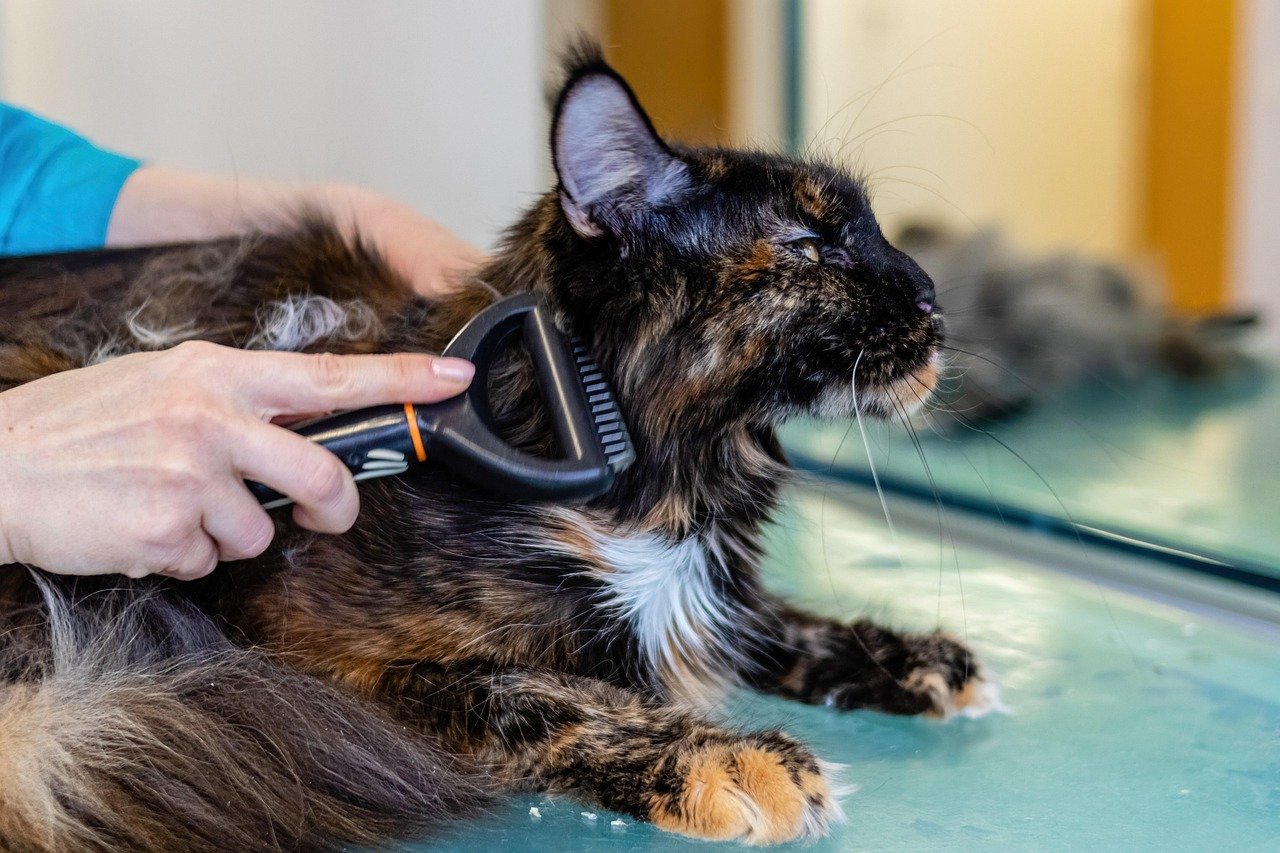
Each cat is unique and so are their grooming requirements. Some cats have long, luxurious fur that needs regular brushing, while others have short coats that require less maintenance. Understanding your cat’s specific needs is the first step in making grooming a pleasant experience. Pay attention to your cat’s behavior and coat condition. If your cat seems uncomfortable or is shedding excessively, it may need more frequent grooming sessions. By catering to your cat’s individual needs, you’ll make grooming sessions more enjoyable and less stressful for both of you.
Choosing the Right Tools

The right grooming tools can make all the difference in the world. Invest in a high-quality brush that suits your cat’s coat type. For example, a slicker brush is great for long-haired cats, while a rubber brush works wonders for short-haired breeds. Clippers, nail trimmers, and combs are also essential tools. Having the right equipment not only makes the process smoother but also ensures your cat’s comfort, reducing any potential anxiety during grooming sessions.
Creating a Calming Environment

A calm environment is crucial for a successful grooming session. Cats are sensitive creatures and can easily pick up on stress or anxiety. Choose a quiet room where your cat feels safe and comfortable. You might even consider playing soft music or using calming pheromones to help your cat relax. A peaceful setting will not only make grooming easier but also more enjoyable, turning it into a bonding activity rather than a chore.
Timing is Everything
Timing your grooming sessions properly is another key element. Try to groom your cat when it is relaxed and calm, perhaps after a meal or playtime. Avoid grooming when your cat is agitated or in a playful mood, as this could lead to a frustrating experience for both of you. By choosing the right time, you ensure that your cat is more receptive to grooming, making the process smoother and more enjoyable.
Introducing Grooming Gradually
If your cat is new to grooming, it’s important to introduce it gradually. Start with short sessions and gradually increase the duration as your cat becomes more comfortable. Begin with gentle strokes and allow your cat to sniff the grooming tools. Always reward your cat with treats or affection after each session. This positive reinforcement will help your cat associate grooming with a pleasant experience, making future sessions easier.
Making Grooming a Routine
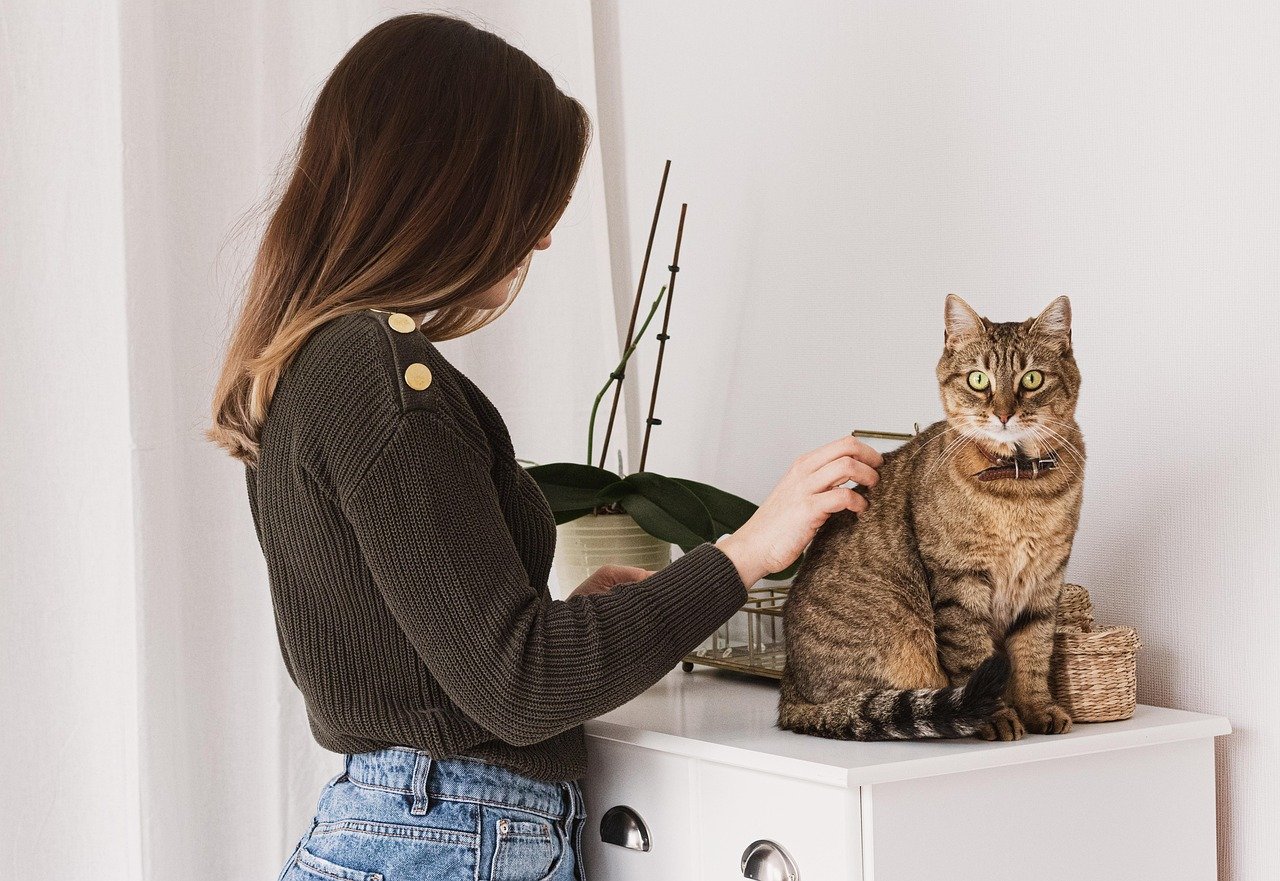
Consistency is key when it comes to grooming. Establish a regular grooming schedule that fits both your lifestyle and your cat’s needs. Whether it’s weekly, bi-weekly, or daily, sticking to a routine helps your cat know what to expect. Regular grooming not only keeps your cat’s coat healthy but also strengthens the bond between you and your furry friend, turning grooming into a cherished ritual.
Listening to Your Cat’s Signals
Cats communicate in subtle ways, and it’s important to pay attention to their signals during grooming. If your cat seems agitated or tries to escape, it might be time to take a break. On the other hand, if your cat purrs and seems relaxed, you’re doing a great job. Listening to your cat’s cues helps you adjust your approach, ensuring that grooming remains a positive experience.
Incorporating Play and Rewards
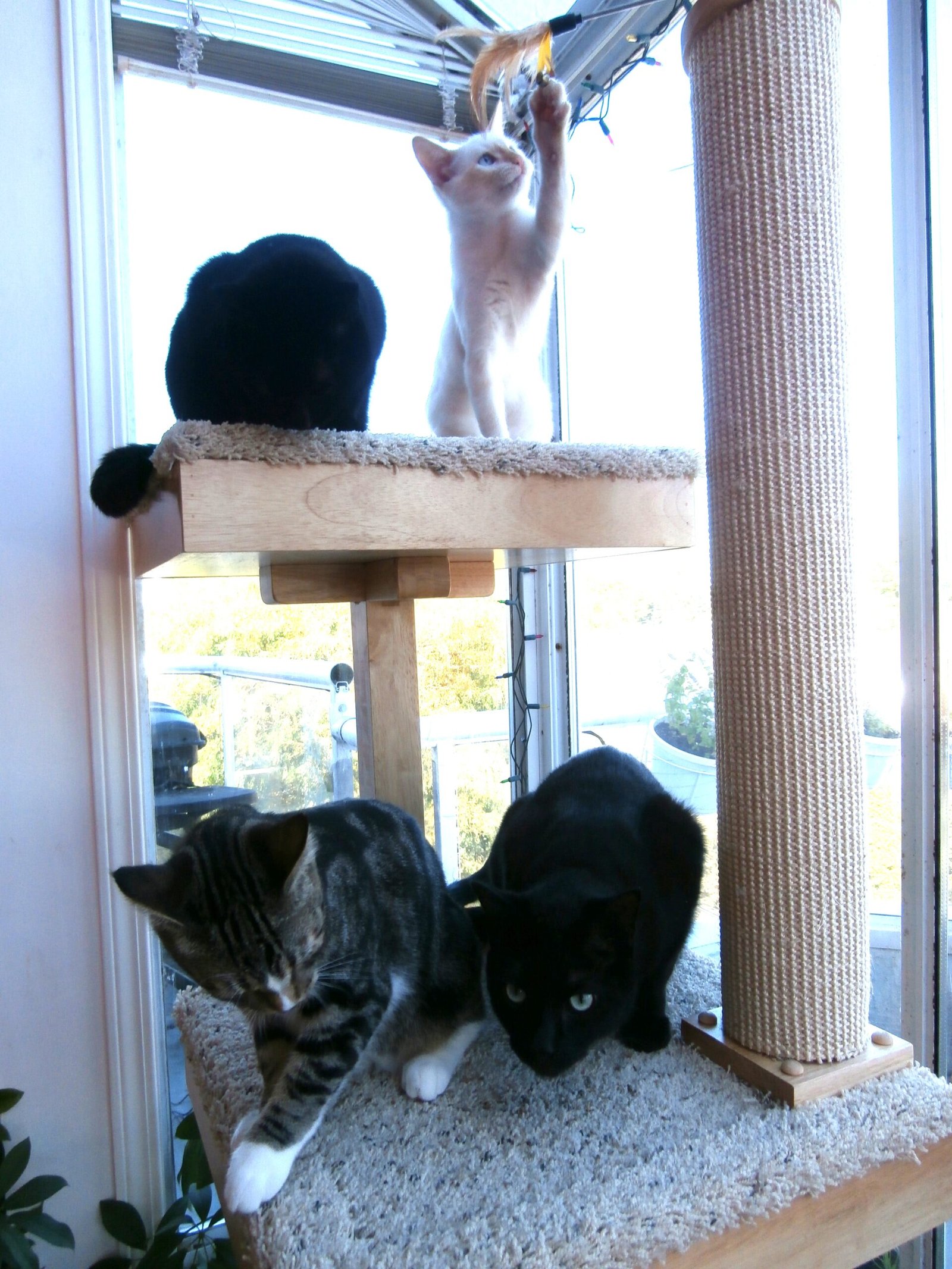
Make grooming fun by incorporating play and rewards. Use toys or treats to encourage your cat to participate willingly. A simple game of chase before grooming can help burn off excess energy, making your cat more relaxed during the session. Rewarding your cat with treats or praise afterward reinforces positive behavior, making grooming a pleasurable experience for both of you.
Understanding the Benefits of Grooming
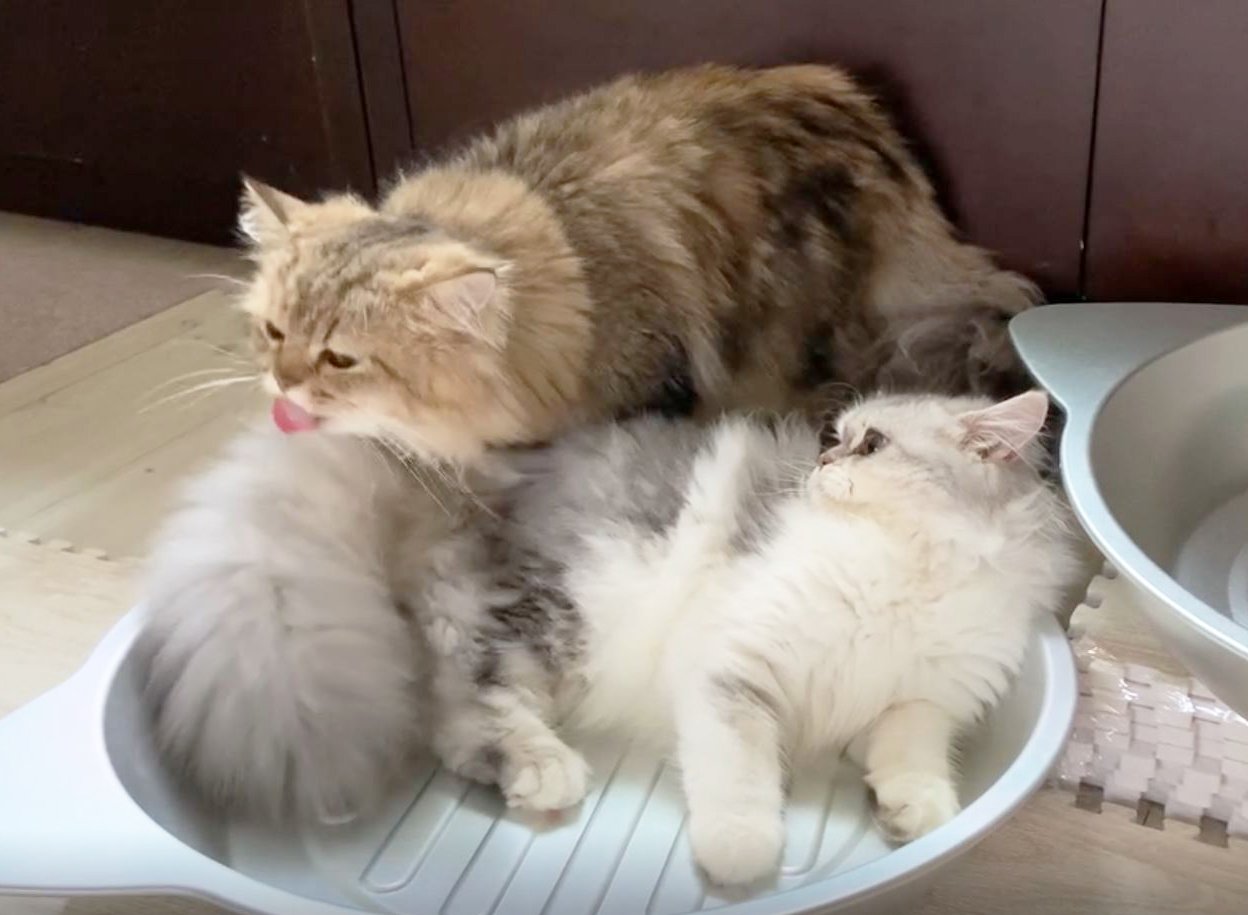
Grooming is not just about keeping your cat looking good; it has numerous health benefits as well. Regular grooming helps prevent matting, reduces shedding, and allows you to check for any skin issues or parasites. It’s also an opportunity to spend quality time with your cat, strengthening your bond. Understanding these benefits can motivate you to make grooming a priority, knowing it contributes to your cat’s overall well-being.
Dealing with Challenges
Grooming isn’t always smooth sailing, and it’s important to be prepared for challenges. Some cats may be resistant to grooming, especially if they’ve had negative experiences in the past. Patience and persistence are key. Try different techniques and tools to find what works best for your cat. If necessary, seek advice from a professional groomer or your veterinarian to address any specific issues. Overcoming challenges together can strengthen your bond and make grooming a rewarding experience.
Building Trust Through Touch
Touch is a powerful tool for building trust and connection with your cat. During grooming, use gentle, soothing strokes to help your cat feel safe and loved. Avoid sudden movements or harsh handling, as this can create fear and anxiety. By using touch as a way to communicate love and care, you’ll foster a deeper bond with your cat, making grooming a comforting experience for both of you.
Exploring Different Grooming Techniques
There are various grooming techniques you can try to find what suits your cat best. Experiment with different brushing patterns, or try using a grooming glove for a more hands-on approach. Some cats enjoy being brushed in the direction of their fur, while others prefer against it. By exploring different techniques, you can discover what your cat enjoys most, turning grooming into a personalized experience.
Making Bath Time Enjoyable
Bathing a cat can be a daunting task, but it doesn’t have to be. Prepare by gathering all necessary supplies beforehand and use lukewarm water to keep your cat comfortable. Speak softly and reassure your cat throughout the process. After the bath, wrap your cat in a warm towel and offer plenty of praise and treats. With the right approach, bath time can become a bonding experience rather than a battle.
Preventing Matting and Tangles
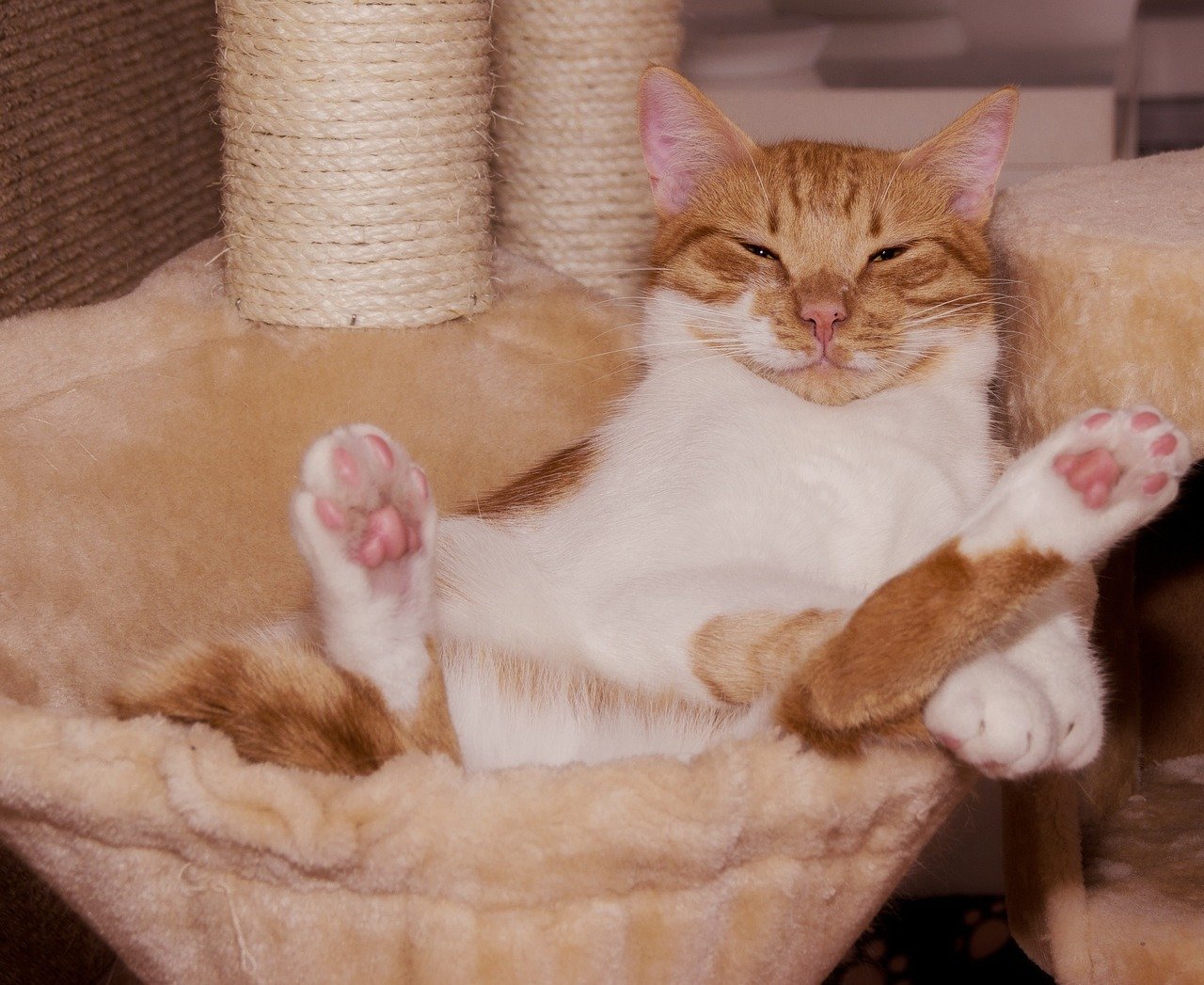
Matting and tangles can be uncomfortable for your cat and difficult to remove. Regular grooming helps prevent these issues, but if they occur, use a detangling spray or conditioner to ease the process. Gently work through tangles with a comb, taking care not to pull or cause pain. Preventing matting not only keeps your cat comfortable but also makes grooming sessions more pleasant.
Addressing Shedding Concerns
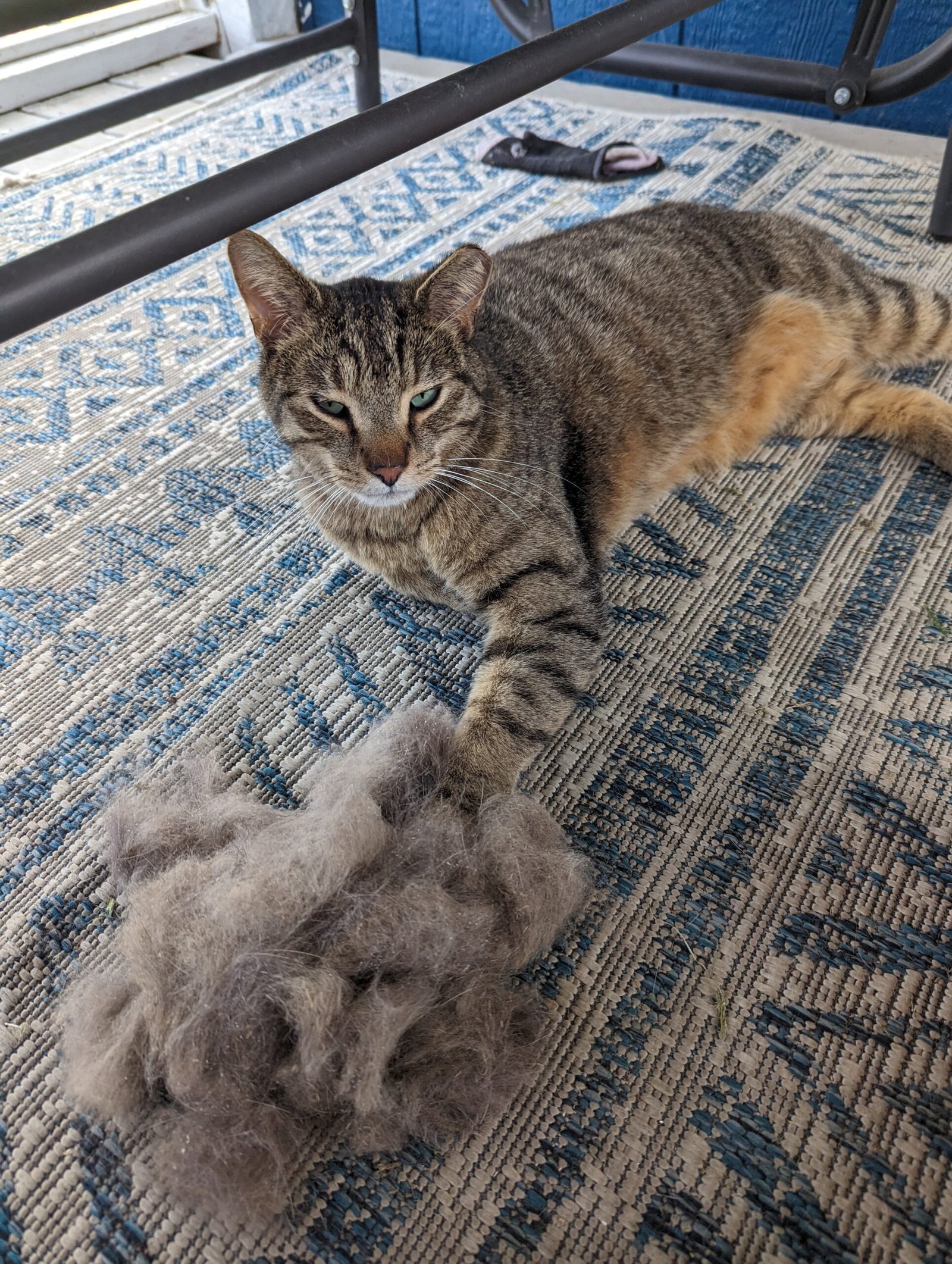
Shedding is a natural part of a cat’s life, but excessive shedding can be a concern. Regular brushing helps manage shedding by removing loose fur before it ends up all over your home. Consider using a deshedding tool for cats with thick coats. A balanced diet and proper hydration also play a role in reducing shedding. Addressing shedding concerns keeps your home cleaner and your cat happier.
Caring for Sensitive Areas
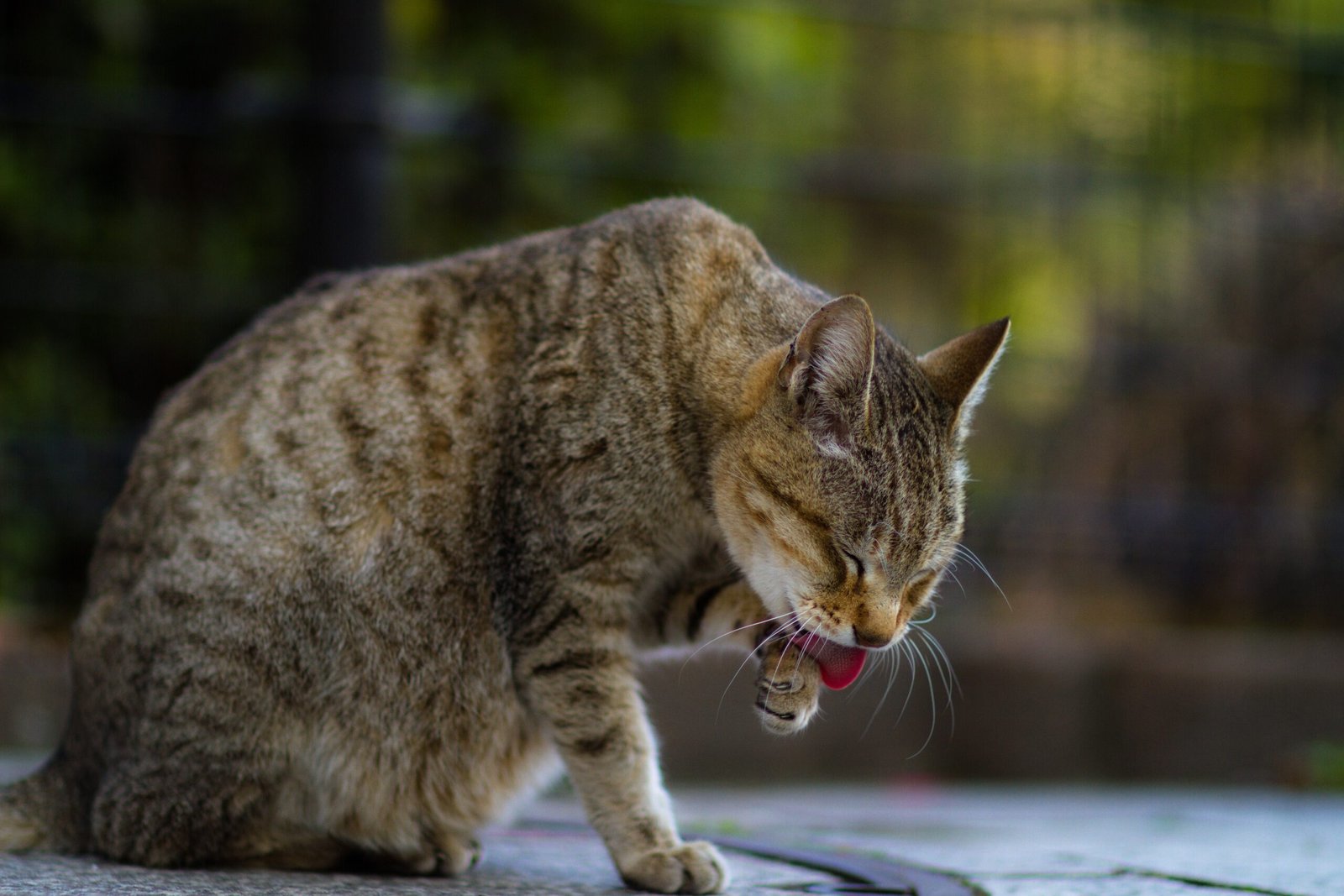
Certain areas, like the belly, paws, and ears, can be sensitive for cats. Approach these areas with extra care and gentleness. Use a soft brush or your fingers to groom sensitive spots, and always watch your cat’s reactions. If your cat seems uncomfortable, take a break and try a different approach. Caring for sensitive areas with patience and love strengthens trust and makes grooming a more enjoyable experience.
Introducing Grooming to Kittens
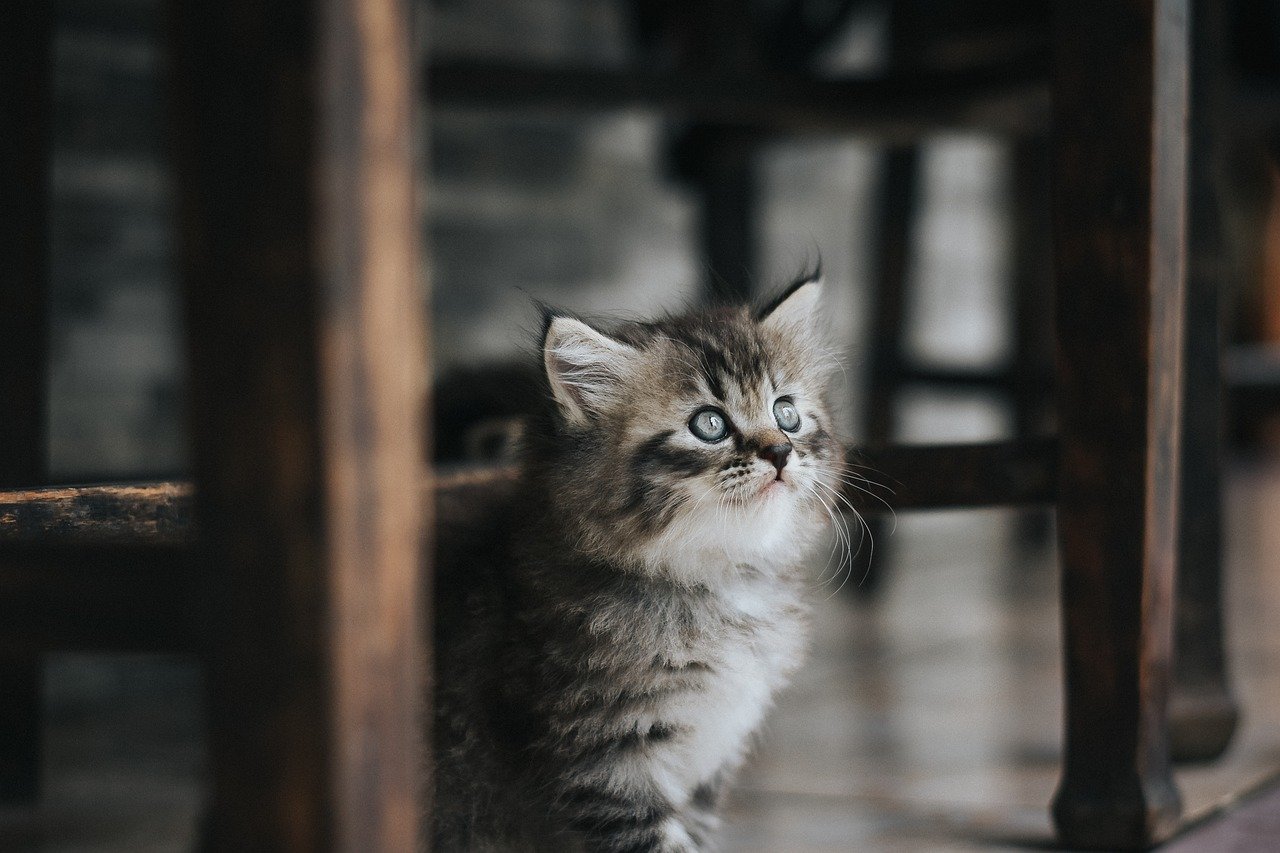
Starting grooming habits early with kittens sets the foundation for a lifetime of positive grooming experiences. Begin with short, gentle sessions to help your kitten get accustomed to the process. Use soft brushes and incorporate playtime and treats to make grooming fun. Early introduction to grooming not only keeps your kitten healthy but also fosters a strong bond between you and your new furry companion.
Recognizing When to Seek Professional Help
Sometimes, despite your best efforts, grooming challenges may require professional assistance. If your cat is excessively matted or becomes aggressive during grooming, it may be time to consult a professional groomer or veterinarian. They can provide expert advice and solutions tailored to your cat’s specific needs. Recognizing when to seek help ensures your cat receives the best care and maintains a positive grooming experience.
Making Grooming a Lifelong Habit
Grooming is a lifelong habit that benefits both you and your cat. By making it a regular part of your routine, you ensure your cat’s health and happiness. As your cat ages, its grooming needs may change, so be prepared to adapt your approach. A lifelong commitment to grooming not only keeps your cat looking and feeling its best but also strengthens the bond you share, making grooming a cherished experience.
In conclusion, grooming your cat can be so much more than a simple task; it can be a deeply rewarding bonding experience. By understanding your cat’s needs, using the right tools, and creating a calming environment, you transform grooming into a cherished ritual. Through patience, love, and a little creativity, you’ll find that grooming not only enhances your cat’s well-being but also strengthens the bond you share, turning it into a moment of connection and joy.
Hi, I’m Bola, a passionate writer and creative strategist with a knack for crafting compelling content that educates, inspires, and connects. Over the years, I’ve honed my skills across various writing fields, including content creation, copywriting, online course development, and video scriptwriting.
When I’m not at my desk, you’ll find me exploring new ideas, reading books, or brainstorming creative ways to solve challenges. I believe that words have the power to transform, and I’m here to help you leverage that power for success.
Thanks for stopping by, Keep coming to this website to checkout new articles form me. You’d always love it!






